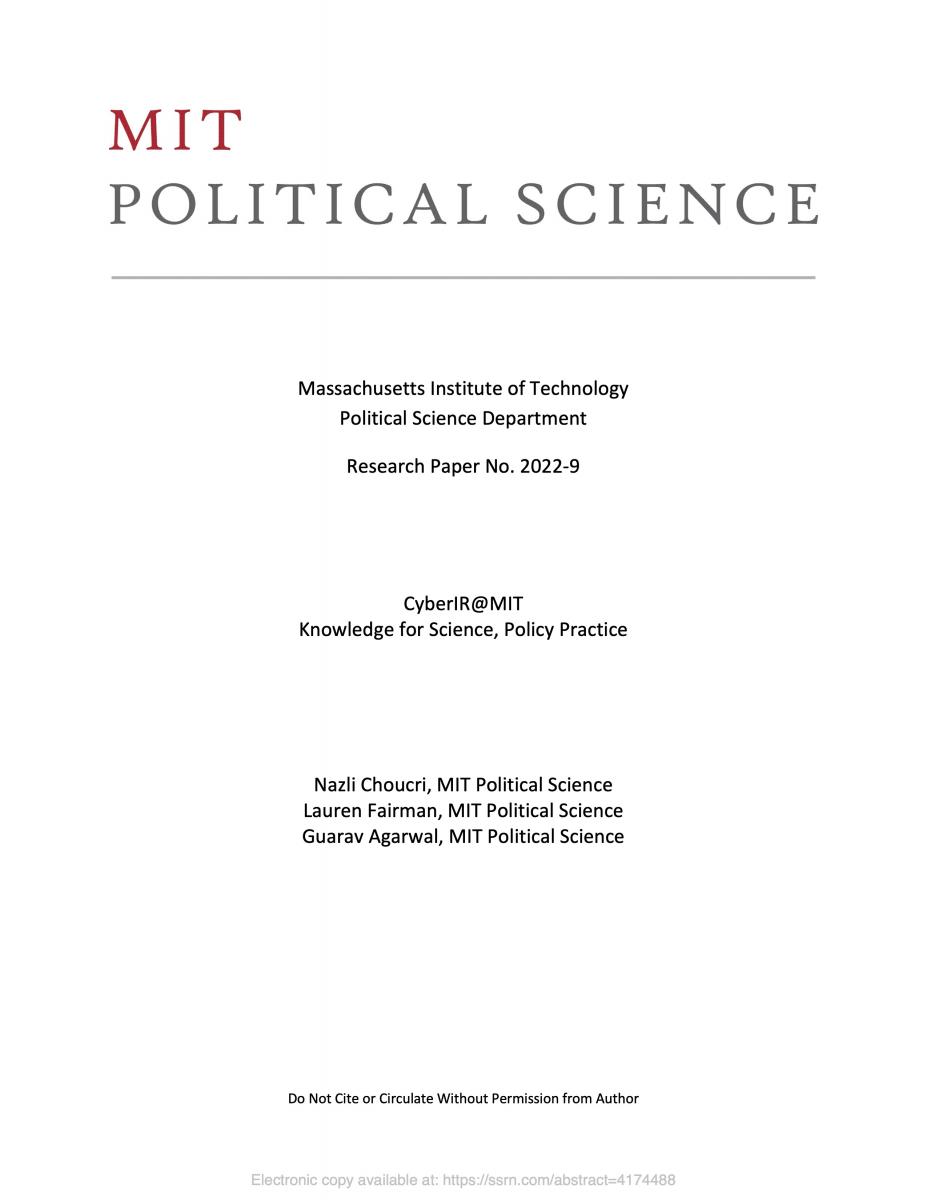It goes without saying that conflict and ware are ubiquitous features of the human condition – at all levels of analysis and in all contexts, everywhere. The construction of cyberspace and the near-worldwide access to the Internet creates new uncertainties that are not readily accounted for by traditional understandings of conflict and war.
Here we focus less on the conventional modes of conflict – understood as a form of interaction among states – than on the more recent manifestations of cyber hostilities and intersections with traditional forms thereof. Here we characterize briefly notable features of conflict and war, namely (1) arenas or “spaces” of conflict, (2) actors and targets, (3) threat modes and hostilities, (4) conflict dynamics, that is, manifestations and means of antagonizing & escalating, and (5) types of outcomes.
Brief, to be sure, our purpose is only to provide a context for considering matters of structure, process, transformation, and change.
Conflict Systems
Traditionally, conflict and war among states takes place in a territorial context. More recently, we have begun to appreciate that humans interact within and across different “spaces” or arenas, and potentials for conflict arise accordingly. More specifically, we can delineate between four distinctive arenas of contention within which all people – states and non-states – engage in hostilities.
The four conflict systems considered here are: (a) the human system (the natural system), (b) the cyber system, and (c) intersections among them. At this point, we do not take into account outer space, only because of the limited number of actors participating therein.
Actors & Targets
Traditionally, we consider the key actors to be states (that is, sovereign countries with formal military capabilities), and targets to be of various types, but generally kinetic in nature. For the most part, the identity of the contenders are well known. However conventional this characterization might be, it does not cover today’s realities nor its generative possibilities. Both actors and targets can be states as well as non-state entities, known and unknown, with or without sovereign status, using known and unknown tools directed towards known and unknown targets. All of this creates added complexity that has yet to be understood.
Threat Modes & Hostilities
Whatever the underlying source of dissatisfaction, all conflicts are manifested in some threat or threat-mode. While the conventional forms are well documented and generally understood, those related or pertaining to the cyber domain – in terms of tool, weapon, strategy, damage potential, and the like – are rapidly evolving and often elusive in character and impact. The same holds for underlying motivations. Weapons and “weaponization” – usual corollaries to threats and hostilities – are no longer only of the conventional kinetic type, but include uses and mal-uses of information, various types of cyber tools, to note the most obvious.
Conflict Dynamics
This set of issues refer to the evolution of contention, “upward escalators,” “down-ward escalators,” and various postures or strategies “in between.” There is nothing inevitable in the process, but as hostilities mount, the probability of overt violence (or damage inducing actions) increases accordingly. Various strategies associated with, or designed for “de-escalation” are usually framed at this point – such as deterrence or détente, among others – based on some assumption and associated with certain expectations.
Modes of Outcomes
The immediate outcome of conflict and war invariably involves damages. While the nature, scale, and scope of damage varies across cases, there are some identifiable modalities. Among the most salient are damages to the wellbeing of populations, destruction of infrastructure, economic and financial damages, damages to institutions – to note the most obvious. Also salient are environmental damages coupled with potential erosion of life supporting properties.
The historical record also shows reconciliation and rebuilding as possible outcomes, often based on re-framing original political and other arrangements and, in more recent times, the building of new institutions, national and international. Post-conflict outcomes often carry new labels to separate the past from the expected future.



